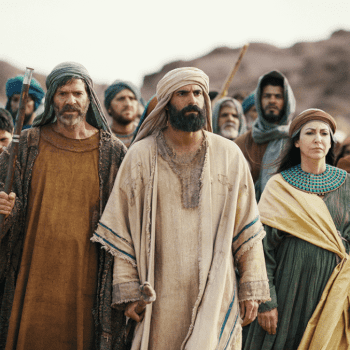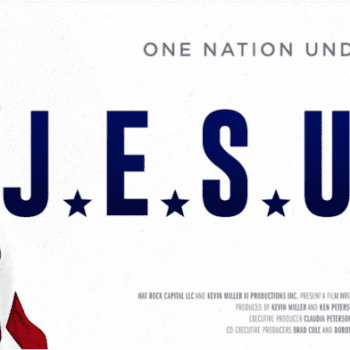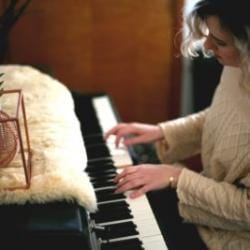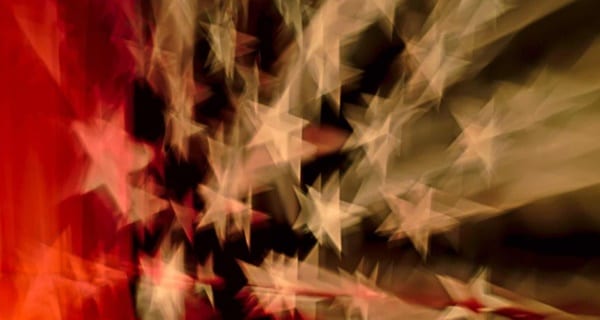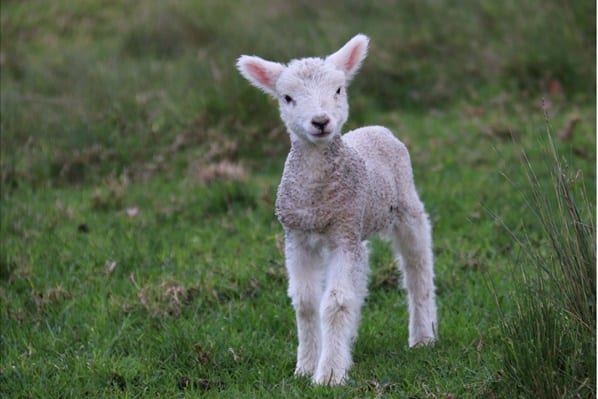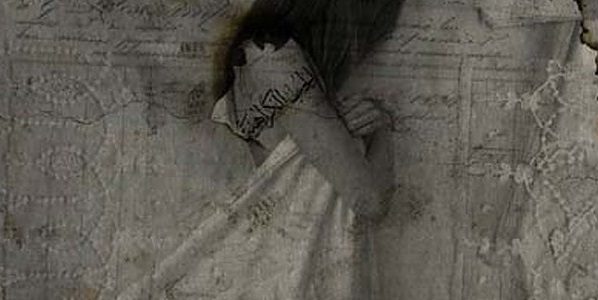 The images were raw, brutally honest, haunting, beautiful. And disturbing.
The images were raw, brutally honest, haunting, beautiful. And disturbing.
I was at the artist’s reception for Marwa Adel’s incredible photography exhibit, Memory of Physical Essence, at the Burning Bush Art Gallery in Wheaton, Illinois. Marwa Adel is an Egyptian artist on a Fulbright Fellowship at the Pennsylvania Academy of Fine Arts, and her photography, sometimes digitally manipulated or overlaid with calligraphy, tells a story through a taboo medium: the female body. In the description of her exhibit, Adel writes:
The physical body is a word surrounded by restrictions in Middle Eastern society.
Why do people express such a fear from the physical body? How could we fear ourselves? Our bodies are the medium that links us to this world and reflects our souls. … [E]very person develops a personal memory enriched by the unique human existence that reflects on the body through which one can realize dreams. There is nothing impossible to achieve as long as the communication and interaction between the physical body and the memory are existent.
The photos express confinement, repression, and sorrow, but also yearning, hope, and resilience. They are deeply personal expressions of Marwa Adel’s own experience – as an Egyptian, as a young wife (now divorced), and, to an extent, as a Muslim. She had felt restrained by the societal pressures and expectations of her tradition, culture, and religion. When I met her at the exhibit, she had recently shed her hijab, and she spoke of her work as an outlet for her soul, the song of a voice long silenced.
Confliction at first kept me from fully affirming the voice that cried out through the silence of those photos. It was not the female form, shrouded or exposed, that disturbed me. It was rather that the images and their titles, “Arab Prisoner,” “The Burden,” or the deep sorrow in the eyes of “Surrender” made me concerned that this exhibit could play into a prejudice against Arabs and Muslims, an Islamophobia already deep and deadly in the West. Concern for a marginalized population was keeping me from fully hearing the voice of someone bringing herself out of the margins through her artwork, someone who, ironically, was a Muslim, a Middle Eastern woman, someone with whom I longed to share solidarity.
It was the eyes that pierced my doubt, captivating me, compelling me to listen to their truth. Marwa Adel told a story through these photos of a patriarchal society that imposes stifling demands and restrictions upon women, seeing their value primarily in their relationship to men. This wasn’t the story of the feminist Muslims I knew, for whom Islam means empowerment. This is a story, shared by women throughout the world, of being devalued and having to struggle for free agency, a story to which certain interpretations of religion have contributed.
It made me wonder, “How often does a concern for an overall cause or ideal keep us blind and deaf to the needs of individuals? What happens when we refuse to hear the truth of someone who doesn’t meet our ideal narrative, even when claiming to be working for justice?”
My inclination to defend Islam comes in part from seeing it at its best, reflected in good Muslim friends whose faith is the foundation for their compassion, their intellectual drive, and their hopeful outlook on life. Some of these friends voluntarily choose to wear hijab and loose-fitting clothing, arguing, like Dalia Mogahed, that such modest dress frees them from impossible beauty standards and focuses attention away from their physical attributes and toward their minds. Yet those who choose hijab and experience it as liberation come from different perspectives from those forced by law or social pressure to wear it. Patriarchy is embedded in both Western and Middle Eastern cultures, influencing societal pressure upon women to dress a certain way and conform to certain standards of behavior. Those who see hijab as freedom from the social pressure imposed upon women to conform to beauty standards from everything from weight to hair style come from a different angle than those from cultures that demand modesty, especially from women, as an obligation (beyond encouraging it as a virtue).
Adel’s photography shows how a patriarchal culture veils women with more than just clothing, and how in such a culture, the veil itself may be the physical extension of a spiritual stifling. Islam at its best mitigates patriarchy, but all too often is interpreted through a patriarchal lens to reinforce woman’s subordination. Thus, Qur’anic passages that could be read as explaining men’s responsibilities toward women are often instead read as ordaining men’s superiority over women. Passages that could be read as mutual obligations of modesty that are relaxed only in the presence of one’s spouse are instead read as a husband’s control over his wife’s body. In an article by Jyoti Kalsi, Adel explains the burden of expectations and demands upon women in marriage expressed in her photographs:
[A woman] has to be a good woman in the eyes of a man, not in her own eyes. And that is the root of the conflict in this relationship.
I want to stand in solidarity with hijab-wearing Muslimas as they express how their faith empowers them, but I also must stand in solidarity with those who have been stifled by misogynistic interpretations of religion within their culture and misogynistic cultural overlays imposed upon their religion. Even when their stories may appear to clash, they express truths that must be heard with compassion, understanding, and grace. This is true for people of all faiths, including my own. When I hear critiques of Christianity, my urge to defend my faith must not overcome my ability to listen, for if defensiveness in the name of faith prevents me from hearing a story of pain, of injustice, of victimization, then my faith has become an idol working against its own best nature.
The test for any expression of faith in the Most Compassionate, Most Merciful, is whether that faith can humble itself to hear criticism from those pushed aside. What has been revealed through the great Abrahamic faiths, through Jesus and the prophets, including Muhammad, is the character of the one God who stands with the oppressed, the marginalized, those whose voices have been silenced. Too often, Judaism, Christianity and Islam are used to reinforce the patriarchy of the cultures into which they were born or migrated. But at their best, these same faiths can help people transcend the patriarchy of their cultures. Voices critical of human practices of faith that fall short of God’s love for women and men and God’s affirmation of women’s agency are crucial to practicing Islam – peace through conformation to God’s will for compassion and mercy – in ever-growing degrees of fullness. The same is true for any faith. Listening to the critiques from the margins and the marginalized is essential for following the faith of the God who calls us away from marginalization, scapegoating, silencing and sacrifice – even when those critiques reflect on the practice of that same faith.
Middle Eastern society, and all societies, Islam and all religions, indeed all of humanity, need to hear the voice of Marwa Adel and all the other voices rising above social, cultural and religious pressures that once kept them silenced or stifled. The voices, faces, and whole lives of women emerging from the shroud of patriarchy are crucial to transforming a world dulled and dimmed by oppression into the full, vibrant dance ordained by Love, Most Gracious, Most Merciful.
Image: Love and Hate by Marwa Adel. Used with permission.
Marwa Adel’s exhibit, Memory of Physical Essence, will be at the Burning Bush Gallery in Wheaton, IL, until March 10. The exhibit is sponsored by Caravan, “an international and interrrelgious peacebuilding arts non-profit (501c3) / NGO that originated in 2009 in Cairo, Egypt, addressing the increasing chasm of discord and misunderstanding that exists between the cultures and creeds of Middle East and the West.”





